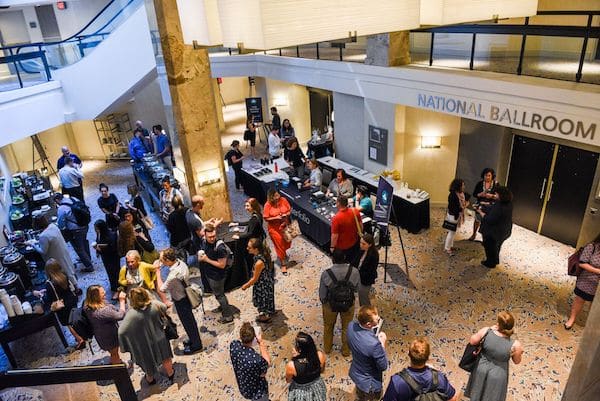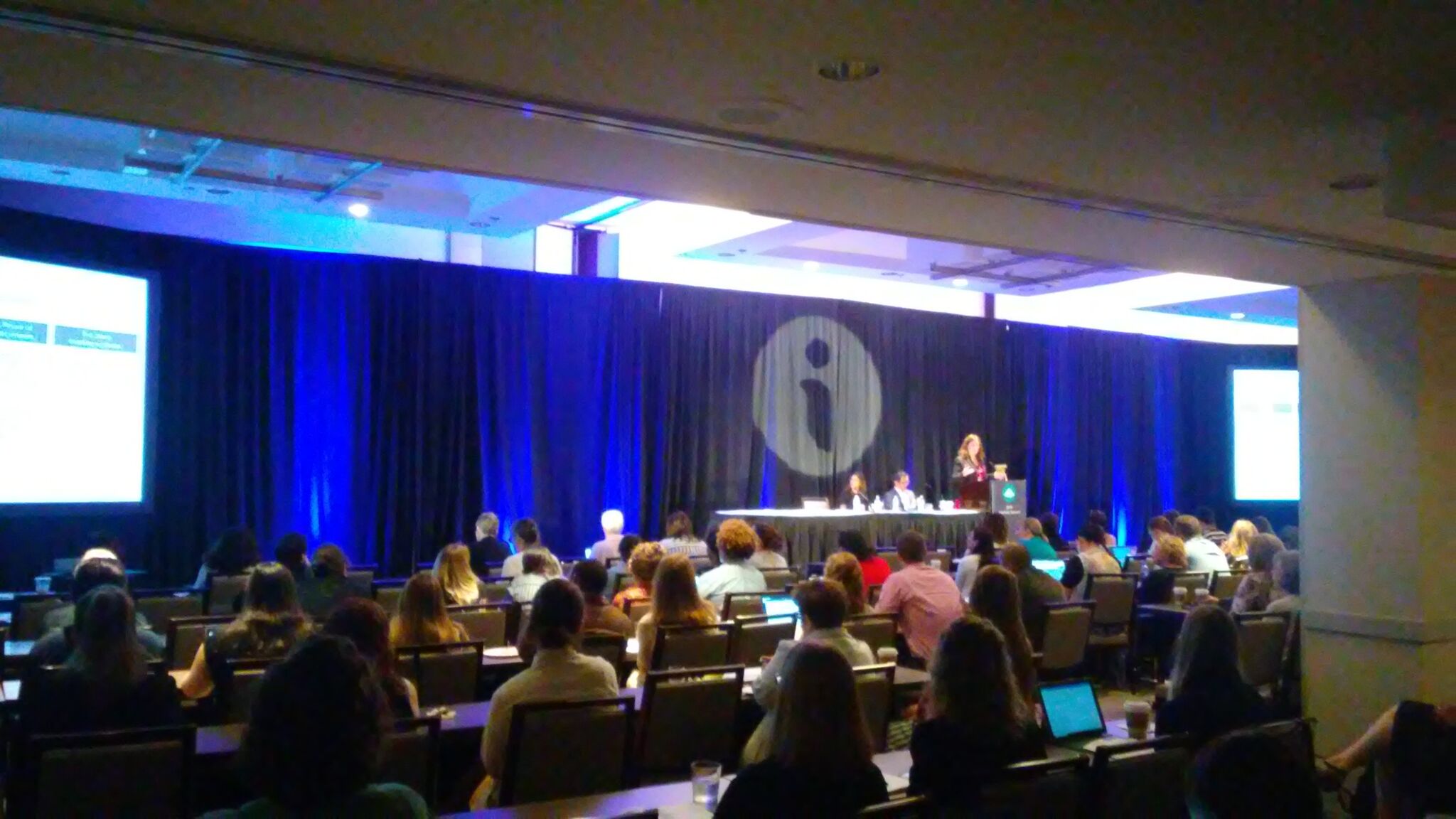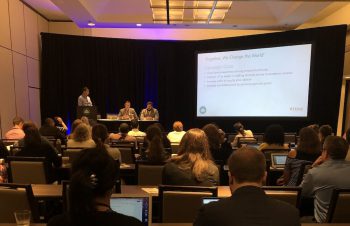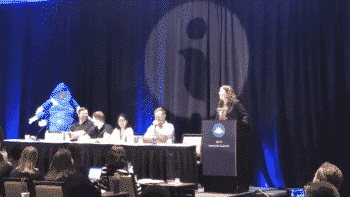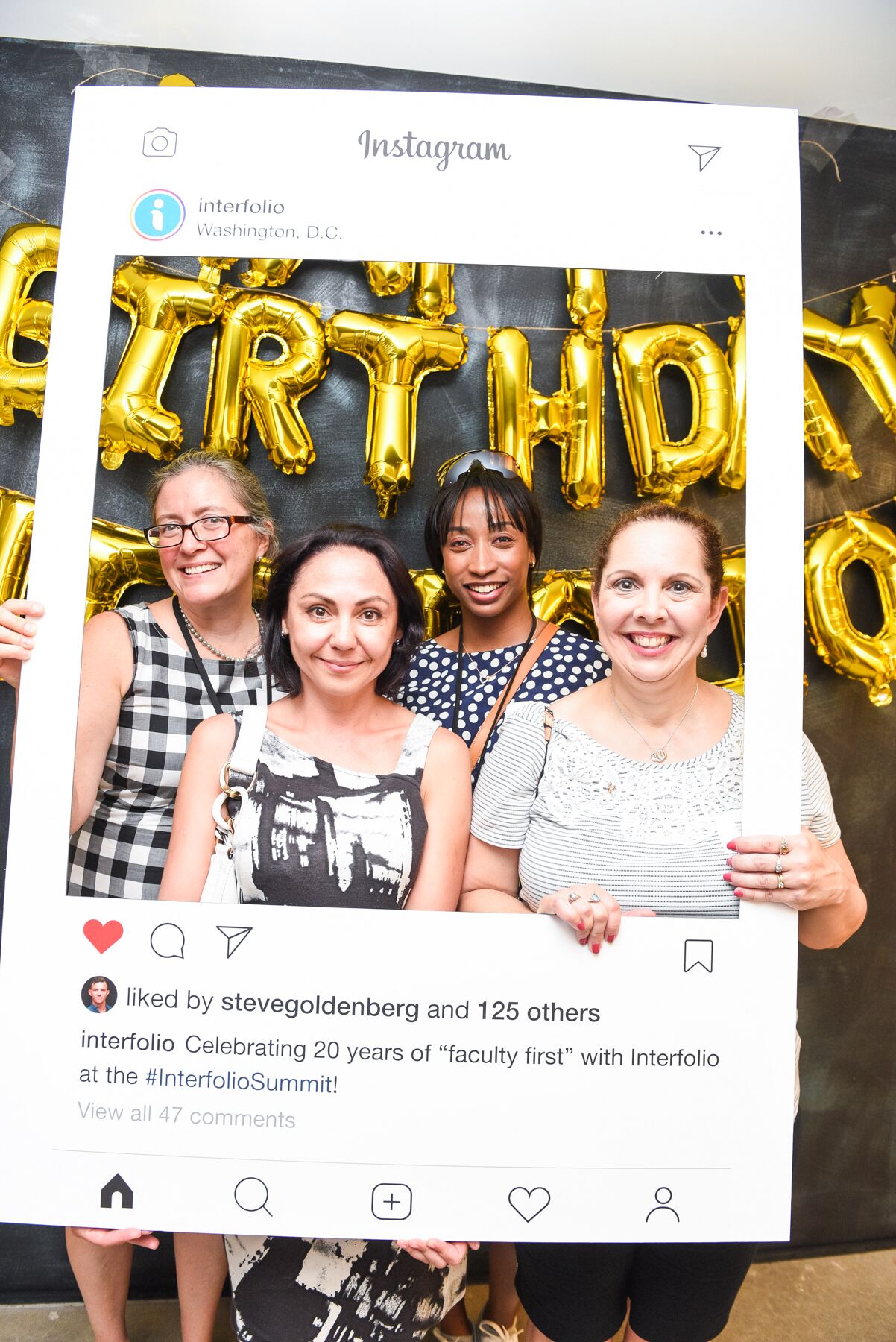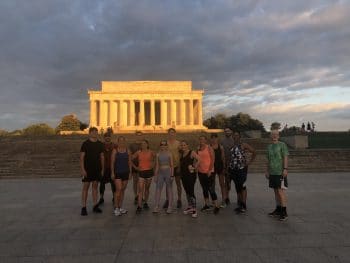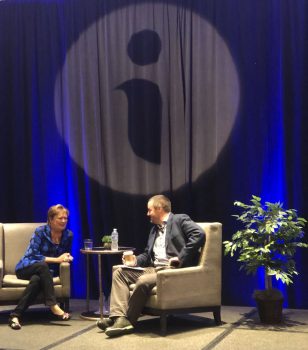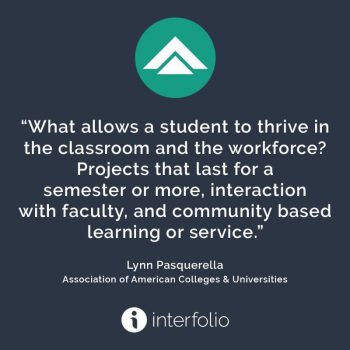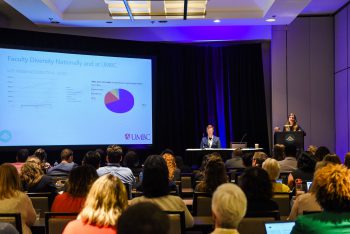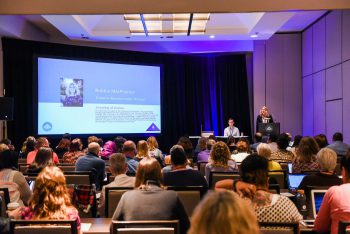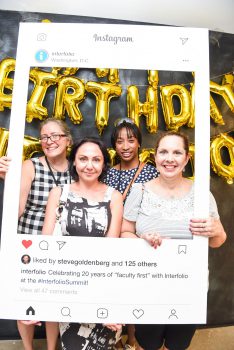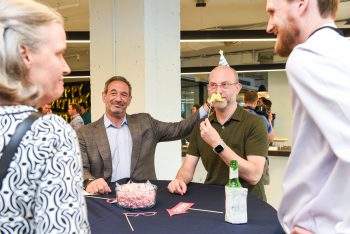This post continues our series, The Smart Scholar, on navigating the academic job market.
With the academic year in full swing, I am certain you have begun to see job openings across various universities. Whether you are currently in a position and looking to move to another institution or are finishing up graduate school and looking for your first job, I believe there are some aspects of the job search that are of particular importance for your success this job season. As you prepare to apply for and (hopefully) land your next job, below are a few areas to consider when looking for your next position.
Building your job resource list
First and foremost, it is important to know where you can find job postings. I have provided a list of higher education job databases below that may be of interest to you on your search. While this list does not capture every discipline represented in higher education, it can serve as a starting point. Also, in addition to using the resources below, consider looking at the human resource website of the university in which you are interested in applying. I provide this added suggestion as there have been several instances where a position is posted on the university’s website and for whatever reason may not make it on to the national job search engines.
- Chronicle Vitae
- HigherEd Jobs
- American Educational Research Association
- Modern Language Association
- Association for the Study of Higher Education
- The Placement Exchange (collaborative effort for Student Affairs positions)
- American Association of Colleges of Teacher Education
Understanding the language of the job posting
Once you find a job listing you’re interested in, it is important to have a complete understanding of the job qualifications. With this understanding, you can evaluate your career to see if you are qualified before you apply. This approach saves you the time of preparing materials for a job that you are not a fit for, and it helps the search committee get applicants who have experiences that are directly tied to the open position.
Also, as you begin looking at job postings, my advice is to read the article How to Read A Faculty Job Ad by Dr. Manya Whitaker. While this piece is focused on faculty job advertisements,many aspects can be helpful for other positions.
Advice from the field
My advice is presented from experience as a position-seeker, but I also think it is important to share perspectives of other individuals in academia, specifically advice, resources, and tips to succeed on the job market from individuals with different types of positions and who are at different points in their career.
“Learn as much as possible about the university, college/school, department along with co-workers, policies and practices that you can while applying to determine if the institution is a fit for you.”
-Julius Davis, USM Wilson H. Elkins Associate Professor, Director of The Center for Research and Mentoring of Black Male Students and Teachers, Bowie State University
“Keep a spreadsheet of every job with all the details: title, school, location, link to application, date applied, application materials needed and any other pertinent information. Highlight spreadsheet by where one is in the process. No color is no update. Red was deny. Yellow was in progress. Green was offer!”
-Christopher Sewell, Ed.D., Associate Dean of the College, Williams College
“It’s important that candidates prioritize what it is important. Frequently, job seekers focus on the size of the institution without asking if the culture is healthy.”
-Larry J. Walker, Ed.D., Assistant Professor of Educational Leadership,University of Central Florida
“I would recommend keeping your Resume/CV updated so that when you begin searching, you search roles that fit your skills, your potential, and your personal trajectory. In addition, research the market to find out who you can reach out to as a mentor or gatekeeper (get into the door for the interview), and to see if the job is a fit for you. Often we are trying to fit in with a place or job that does not fit us personally, professionally, or from a healthy place.”
– Aaron J. Griffen, Ph.D., Director of Diversity Equity and Inclusion at DSST Public Schools
“Market yourself. Let your references and network know about your search and your interests. Share your recent accomplishments and CV with trusted colleagues for feedback and advocacy.”
–Ceceilia Parnther, PhD Assistant Professor, St. John’s University
“[For faculty], do a “mock” campus visit with a local university. From meeting faculty of interest and asking questions, to giving a research talk to meeting doc students. I prepared like it was the real thing and learned so much. In addition to a “mock” campus visit, I practiced my job and chalk talk with tenured faculty to gain their perspectives. In addition, I attended Job talks that were being hosted on campus to see how folks prepared and presented their ideas.
-L. Trenton Marsh, PhD, Assistant Professor, Learning Science and Educational Research, University of Central Florida
What other tips, resources, or suggestions would you add? Please connect with me on Twitter as I’d love to share your thoughts and perspectives.
—
Author Bio: Dr. Ramon B. Goings is an assistant professor of educational leadership at Loyola University Maryland. His research examines gifted/high-achieving Black male academic success PreK-PhD, diversifying the teacher and school leader workforce, and the student experience and contributions of historically Black colleges and universities to the higher education landscape. Dr. Goings is also the founder of The Done Dissertation Coaching Program which provides individual and group dissertation coaching for doctoral students. For more information about Dr. Goings’ research please visit his website www.ramongoings.com and follow him on Twitter (@ramongoings) and for more information about The Done Dissertation Coaching Program visit www.thedonedissertation.com.

